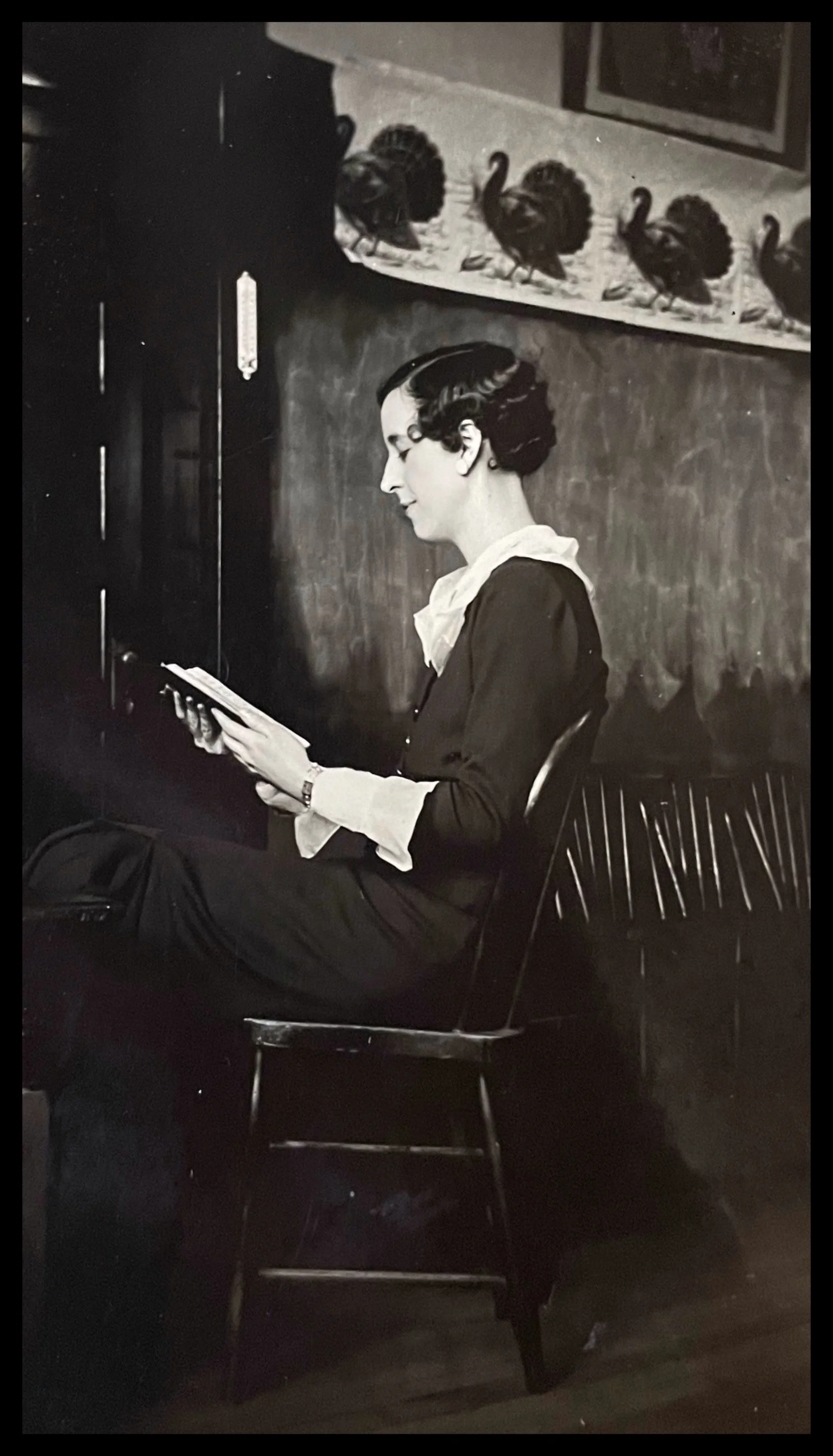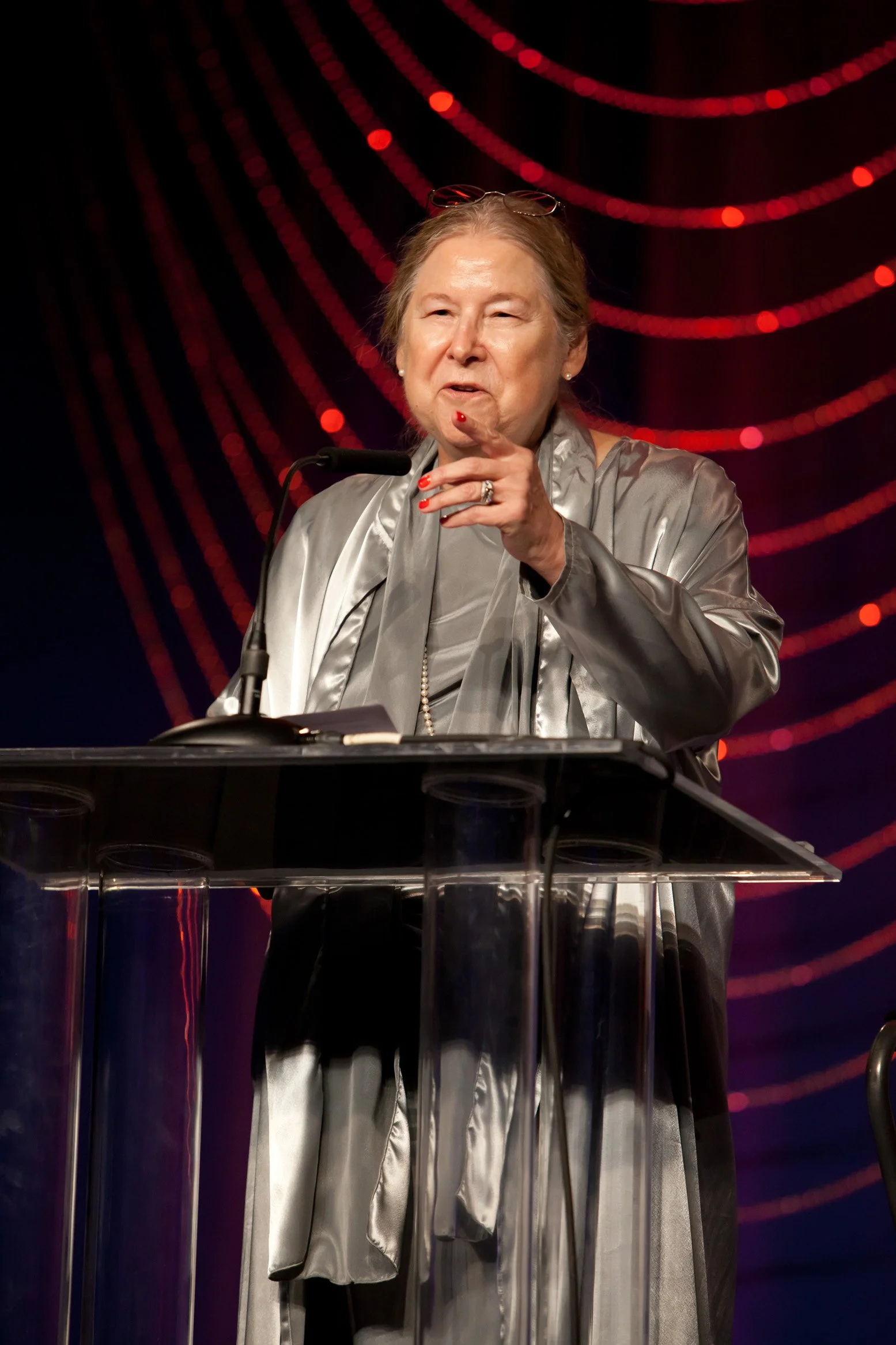12/24/68 and a messy story of love
“But the greatest of these is love.”—1 Corinthians 13:13.
Earthrise 12/24/68 from Apollo 8
If you were alive on December 24, Christmas Eve, 1968, to see this picture from Apollo 8, do you remember what else you were doing? I remember much, but also remember so little. My husband and I worked as interns at John Gaston City of Memphis Hospital that night, so we missed the traditional Christmas Eve services. Instead, we went to St. Mary’s Cathedral’s quiet Christmas Day services the next morning. We were not married until the following year, but it was a special Christmas, the first holiday we could be together.
I can not remember the patients I cared for that night. It may have been one of the many African Americans coming in with a stroke, and at the time, we could only offer supportive care. I can remember looking at a patient unconscious with a stroke, and knowing there must be more that we can offer. I do not remember the presents we gave each other for Christmas. I do remember our best friend, Charles Stallings, who taught us how to make gold-and-red Christmas ornament balls we hung on that first tree. We still have some large balls, and we try to tell our grandchildren about them as they traditionally now have fun throwing the decorative balls on our tree each year.
However, the most memorable part of that Christmas was meeting Robert’s parents for the first time at their home for Christmas dinner that night. I don’t remember what we ate, but I do remember the red dress I wore. I was so nervous. I was damaged goods, and I feared they would not like or love me. I was divorced, and Robert was in the process of being divorced. Yet, I remember how they openly accepted me and treated me as if I were a lovable person from the start. Their unconditional love and care never ended. I still feel their presence today, even though they have been dead for some time.
The only way I can continue to return that love is to pay it forward today to my children, their children, and their spouses’ families. I remember that when Elizabeth died, I prayed that if she continued to watch over her grandchildren, I would care for her husband, Bob. Unfortunately, I didn’t keep up my part of the bargain as well as she did. I could always have done more.
I know that love never dies. Bob and Elizabeth have taught me that. I still feel the unconditional love they showed me in so many ways, even today, over fifty years later. It is a presence. It is a feeling. It is not knowledge but wisdom. It is present in their only son, who knows much more about unconditional love than I do. I also see it in their three grandchildren, whom they loved dearly. I know love can change the world, one person, and one family at a time. I have seen it.
This is my messy story of the love that came down at Christmas.
Joanna https://www.joannaseibert.com/





